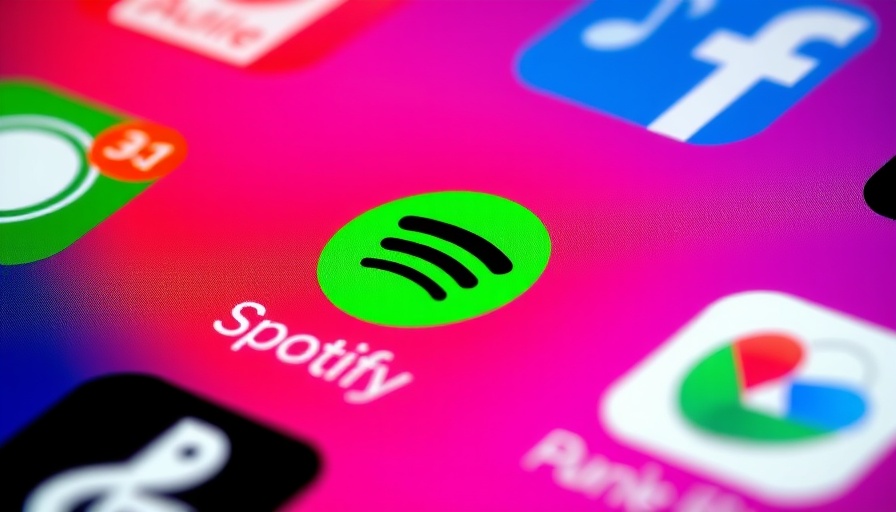
Spotify's New Public Play Counts: A Controversial Move
Last week, Spotify stirred up considerable debate in the podcasting community with its announcement of public play counts for all podcasts. The intent behind this change was clear: to attract new listeners by showcasing shows that have garnered significant attention. However, the backlash was swift and vocal, with many podcasters arguing that this move could further the visibility gap between popular shows and emerging, niche podcasts.
The Response: Adjusting the Strategy
In response to the criticism, Spotify quickly revised its approach. Initially, play counts were to be visible for all podcasts. However, now, only shows with at least 50,000 plays will have this feature displayed. This change, now focused on key milestones like 100,000 or 1 million plays, aims to create a slightly more leveled playing field while still providing insights into a podcast's reach.
The Long-standing Debate on Metrics in Podcasting
The introduction of public metrics is not only about Spotify; it touches upon a broader debate within the podcasting industry. Historically, podcast platforms have maintained limited transparency regarding show popularity. Apple Podcasts, akin to Spotify, offers user reviews and charts, but a listener still can't gauge whether a particular podcast is a small indie project or a highly streamed production. This ambiguity has led to frustrations among content creators who value the uniqueness of podcasting as a medium. Many podcasters appreciate having a space where the competition isn’t solely about numbers but creativity and connection with the audience.
What Counts as a 'Play'? A Growing Confusion
The uncertainty surrounding what precisely constitutes a 'play' only adds to the issue. The Interactive Advertising Bureau (IAB) has been working to define metric standards across various platforms, aiming for consistency that could benefit both podcasters and advertisers. However, discrepancies between platforms like Spotify and YouTube mean that podcasters are left navigating an inconsistent landscape, raising concerns about how their content is valued across different channels.
The Future of Podcasting: Potential Trends
As Spotify pushes for greater visibility, we may see a shift where podcasts begin to resemble other media forms more closely, akin to YouTube influencers with their visible view counts. Whether this will enhance visibility for budding podcasts remains to be seen. Creating a transparent and equitable metric system could be beneficial for all creators, but it raises the question of whether the artistry of podcasting could be overshadowed by the drive for metrics and visibility.
Balancing Growth With Niche Storytelling
Spotify's actions reflect an intent to boost podcasting consumption; however, the potential downside of promoting established podcasts at the expense of newer voices creates a dilemma. The essence of podcasting lies not just in popularity but in its diversity and ability to share unique stories that might otherwise go unheard. As the industry evolves, the challenge will be maintaining this balance, ensuring that every voice, no matter how small, has the opportunity to be heard and appreciated.
 Add Row
Add Row  Add
Add 



Write A Comment